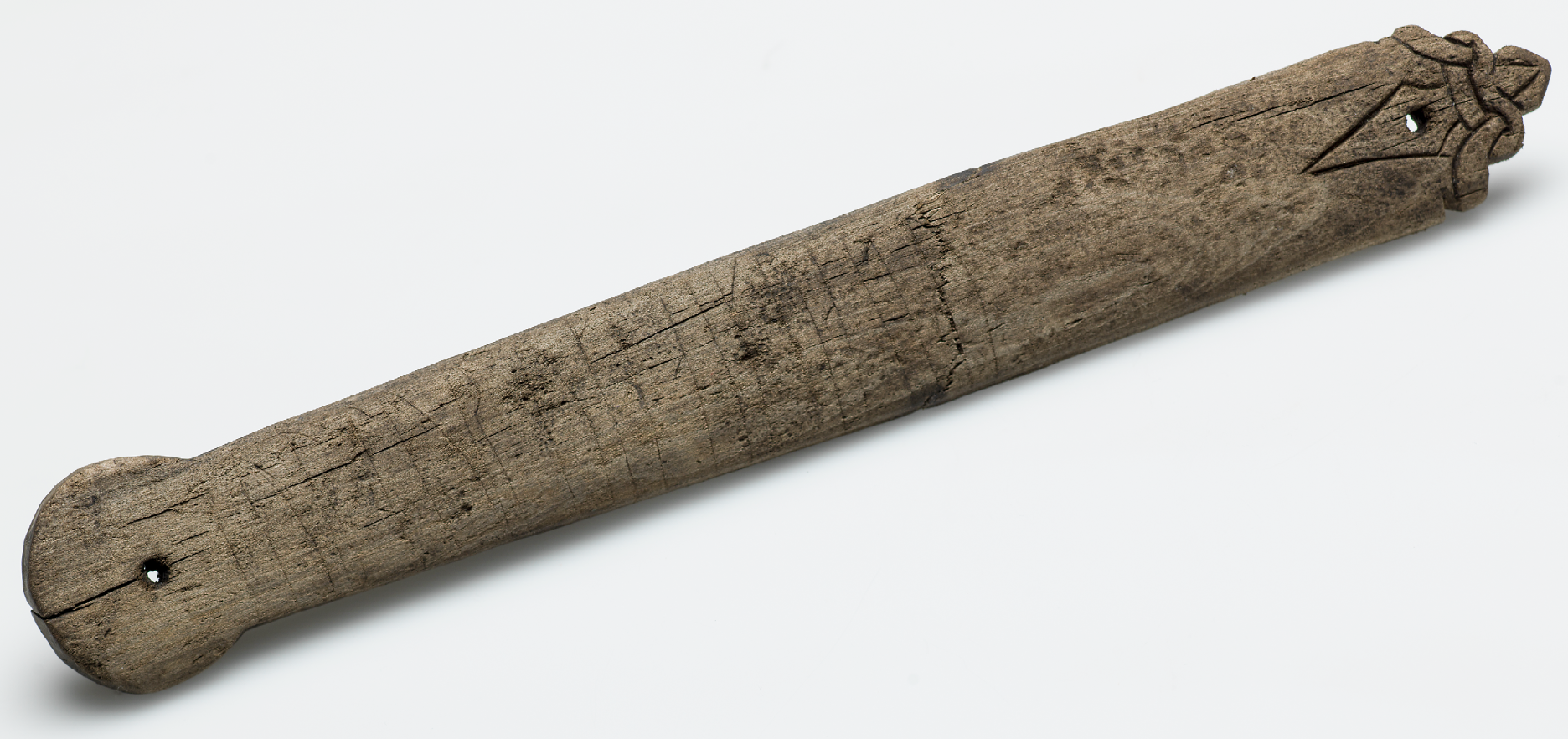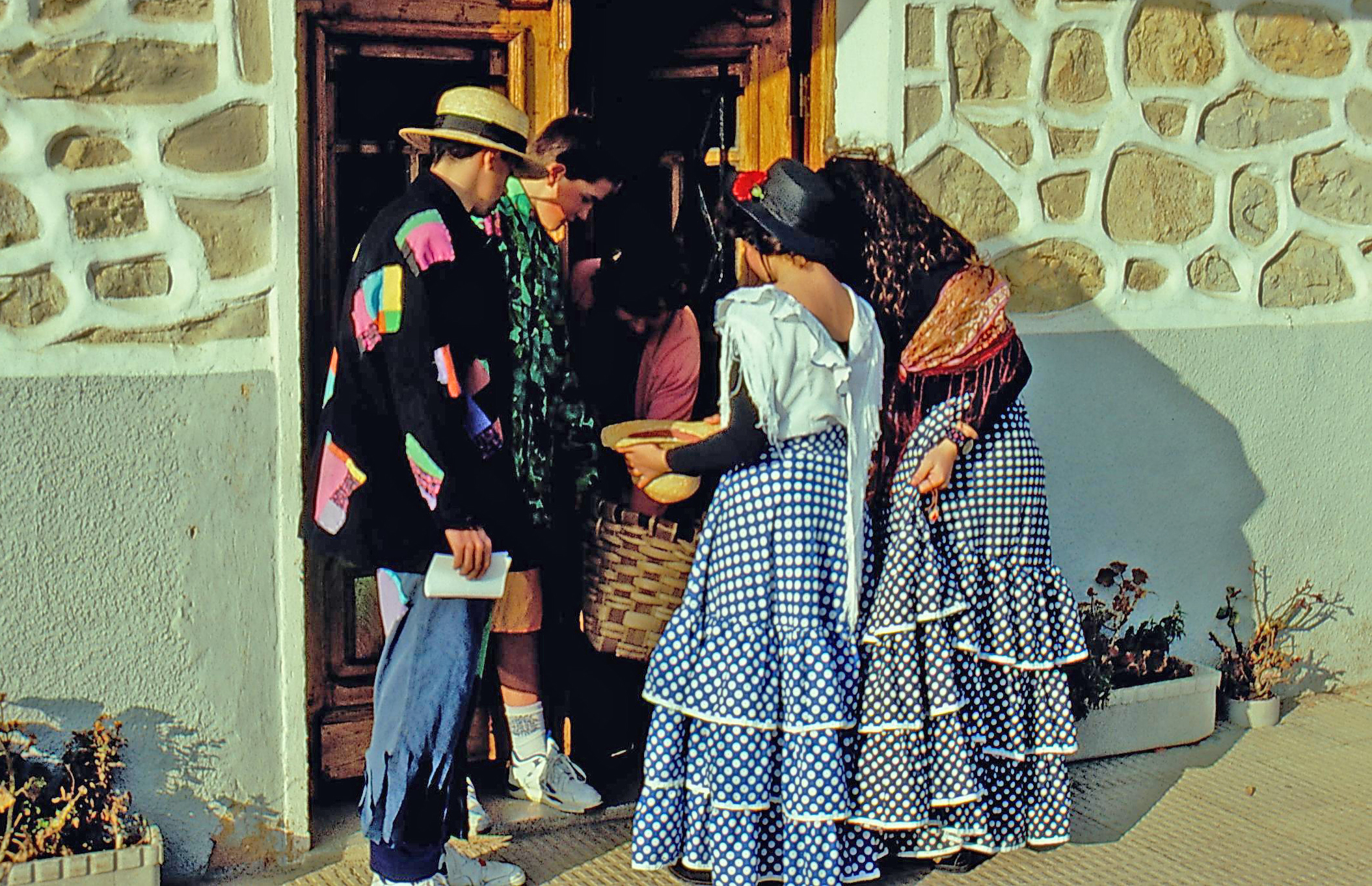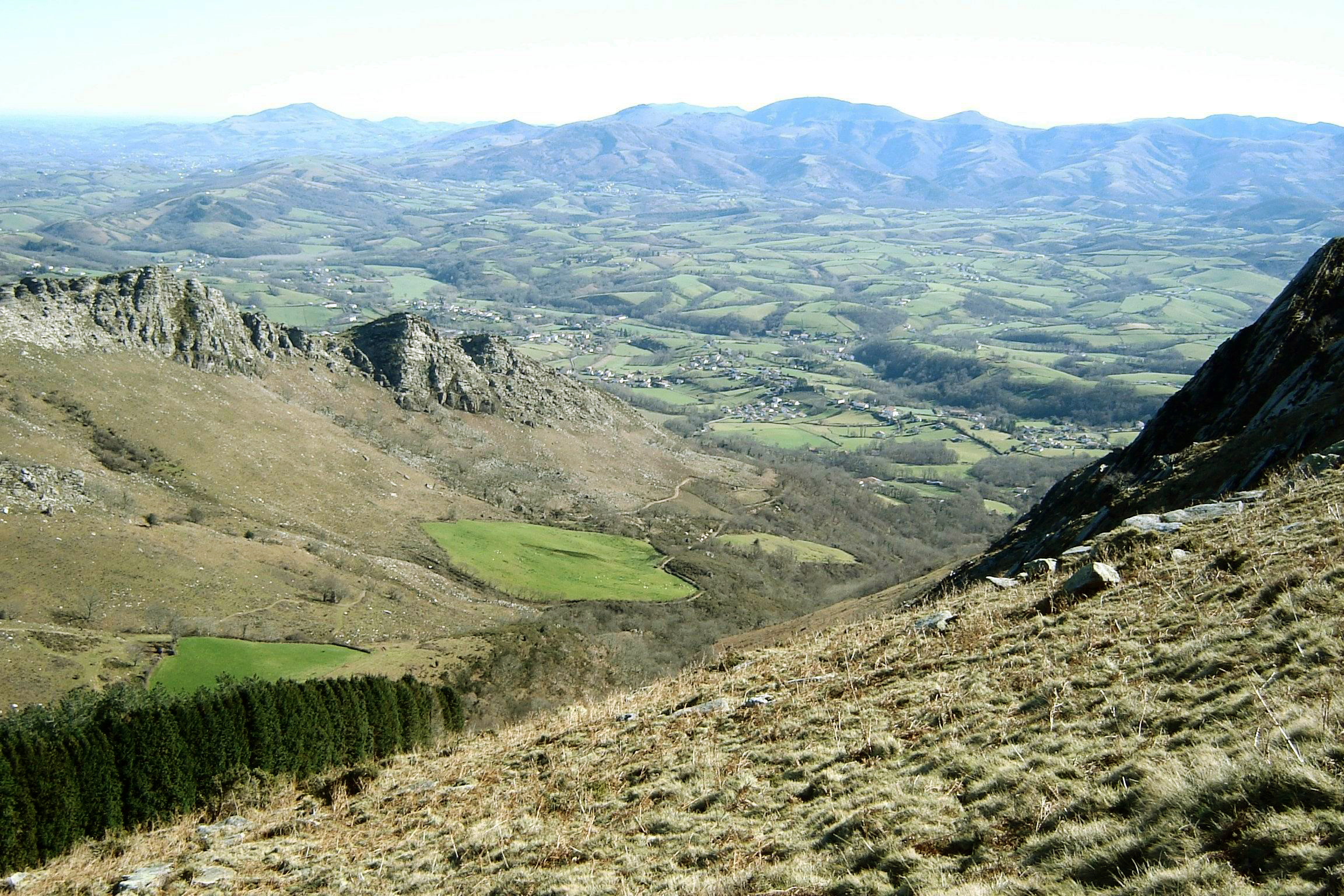Basque ethnography at a glance

Courtesy of Segundo Oar-Arteta. Labayru Fundazioa Photographic Archive.
In the same way as names of homesteads (Etxebarri, Bideondo…), neighbourhoods (Agirre, Zabala…) or streets (Artekale, Barrenkale…) are repeated across villages and towns, there were certain names typically used for domestic animals until not so long ago. (more…)
In a good many localities, both in the northern and southern Basque Country, carnival started on Fat Thursday, that is, the Thursday immediately preceding Lent. Such day was known by different names in Spanish, jueves de lardero being one of them. The feast was mainly enjoyed by school-age children. In Zigoitia (Álava) it was traditionally celebrated on the last Thursday in January. (more…)
For a human settlement, in its broadest sense, to occur the first step is to clear the land (lurra atera or luberritu, in Basque). Temporary forest clearings (labakiak or lur ebakiak) are customarily opened in middle-mountain commons (herriko lurrak), which are both resource and reserve for new land. In 1950 Lapurdi the moors took up between 40 and 75 % of the communal land. The open access and exploitation of shared land was regulated by the Charter. (more…)

Runic inscription N-32395. Courtesy of Åge Hojem, University Museum, Norwegian University of Science and Technology, Trondheim.
Most Scandinavian Viking-Age/early medieval runic inscriptions can be read either in Scandinavian or, less commonly, in Latin, but a few inscriptions, seemingly composed in an unencrypted natural language, cannot be given a Scandinavian or Latin interpretation. Nor have provisional checks succeeded in linking these inscriptions to a range of languages in northern, western, and eastern Europe (Fennic, Samic, West Germanic, Romance, Celtic, Slavic, Baltic). (more…)



